The Rolls-Royce Silver Dawn
By: Rex McAfee (Sports Car Digest)

The Rolls-Royce Silver Dawn
The first complete motor cars ever produced by Rolls-Royce
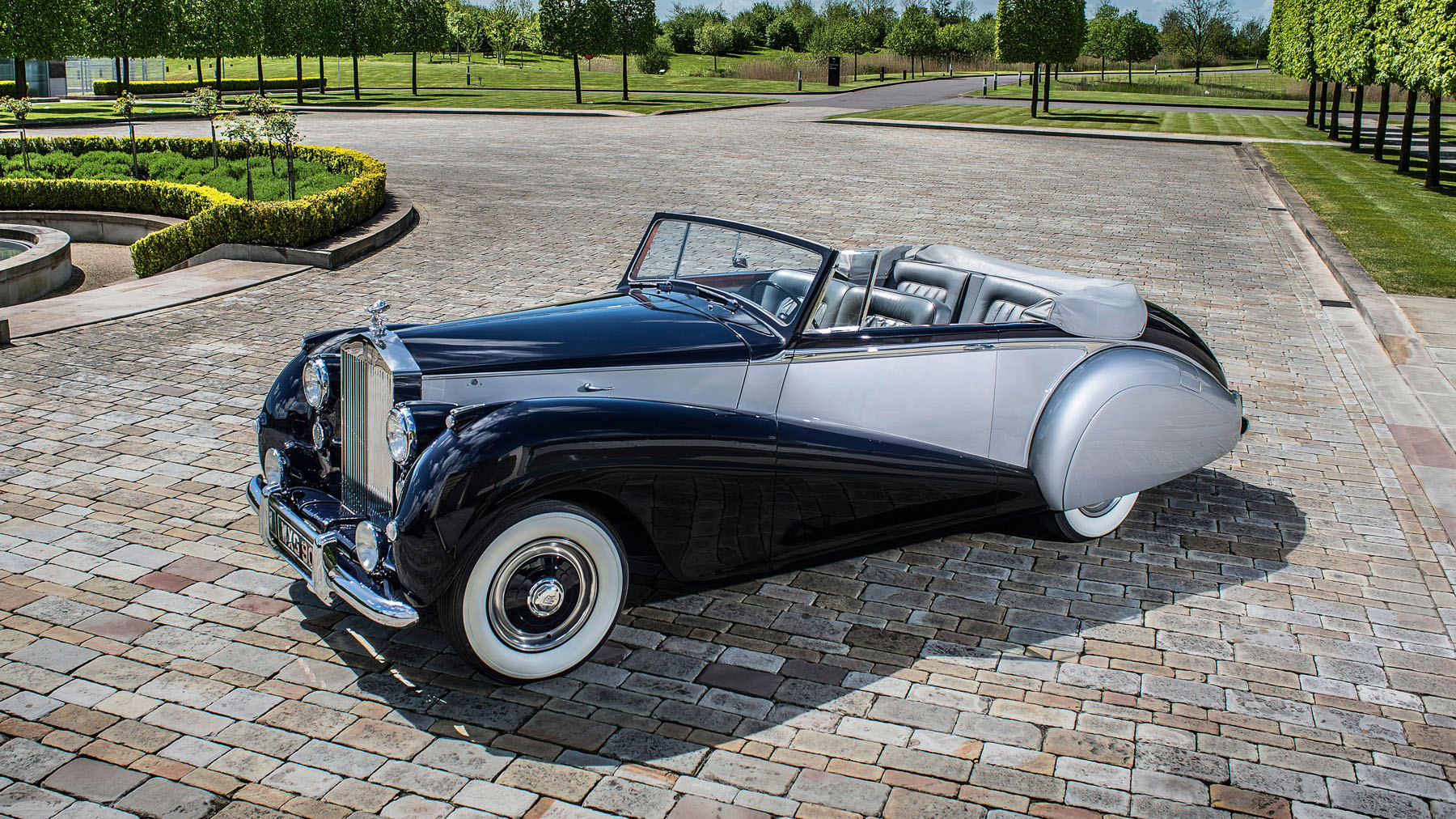
The latest in the 'Models of the Marque' series showcases the Rolls-Royce Silver Dawn. Launched in 1949, it marked a profound change for Rolls-Royce, reflecting the realities of the post-war market.
Highlights
- A brief history of the Rolls-Royce Silver Dawn launched in 1949
- The first complete motor cars ever produced by Rolls-Royce
- Silver Dawn models' design, construction and engineering still influence marques today
- Fifth in a series celebrating landmark models from the marque's history
- The year-long retrospective marks the 120th anniversary of the first meeting between Henry Royce and The Hon. Charles Stewart Rolls in 1904
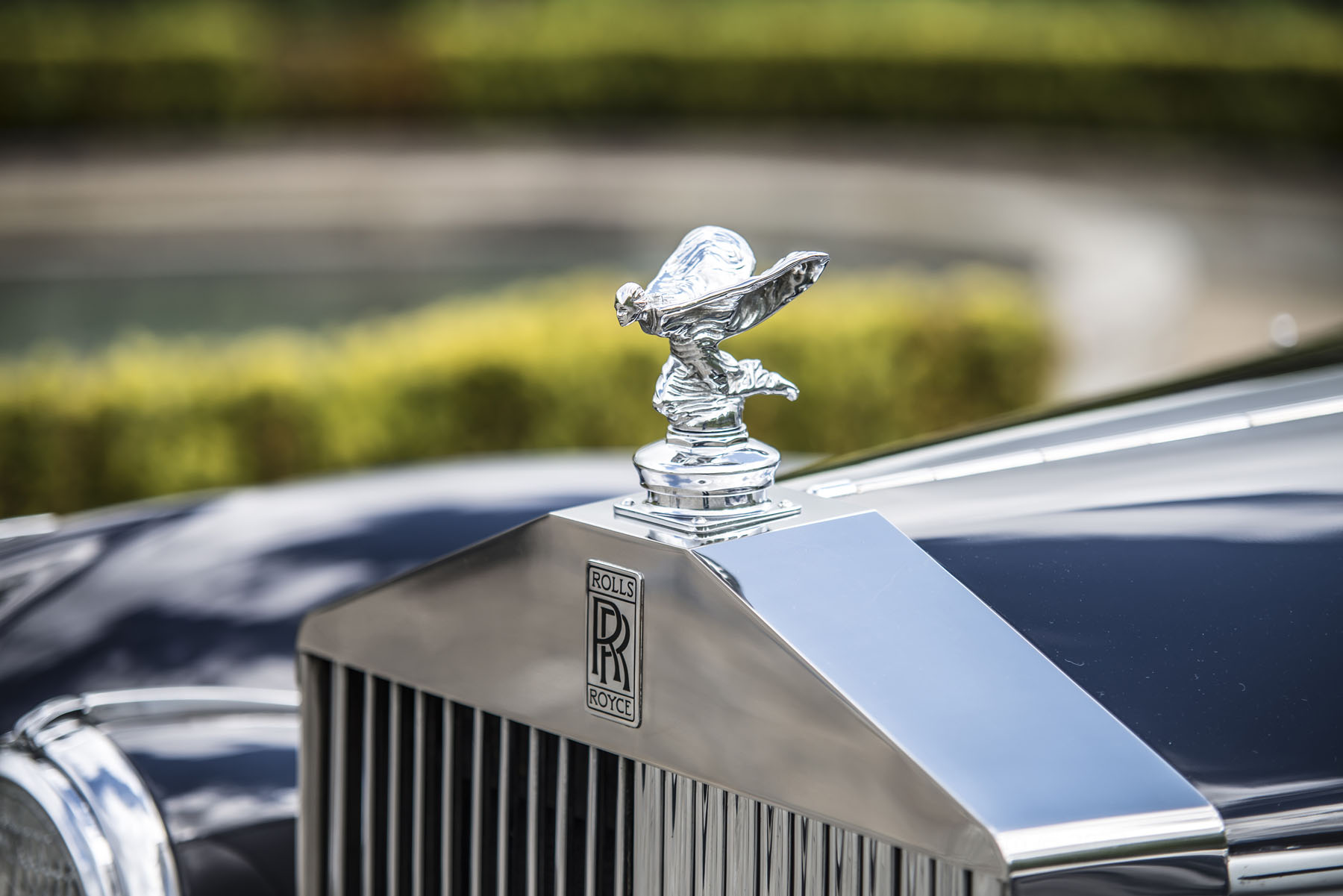
"For the first 40 years of its existence, Rolls-Royce built only rolling chassis, onto which independent coachbuilders installed bodywork specified by the client. It wasn't until the late 1940s that the marque produced its first complete motor car - the Silver Dawn. Launched in 1949, it marked a profound change for Rolls-Royce, reflecting the realities of the post-war market while giving the marque more control than it had ever enjoyed over the exterior design of its products. It was also the second model built on a single, variable underlying structure, foreshadowing the Architecture of Luxury upon which all Rolls-Royce motor cars of the modern era are built," commented Andrew Ball, Head of Corporate Relations and Heritage, Rolls-Royce Motor Cars.
Production Suspended
Although Rolls-Royce suspended motor car production between 1939 and 1945 to focus on building aero engines, design work on a new model continued in the background. During the 1930s, Rolls-Royce offered three models, each with numerous unique parts that could not be shared between them. This significantly increased the manufacturing costs per car, quickly becoming unsustainable during the austerity of the post-war years.
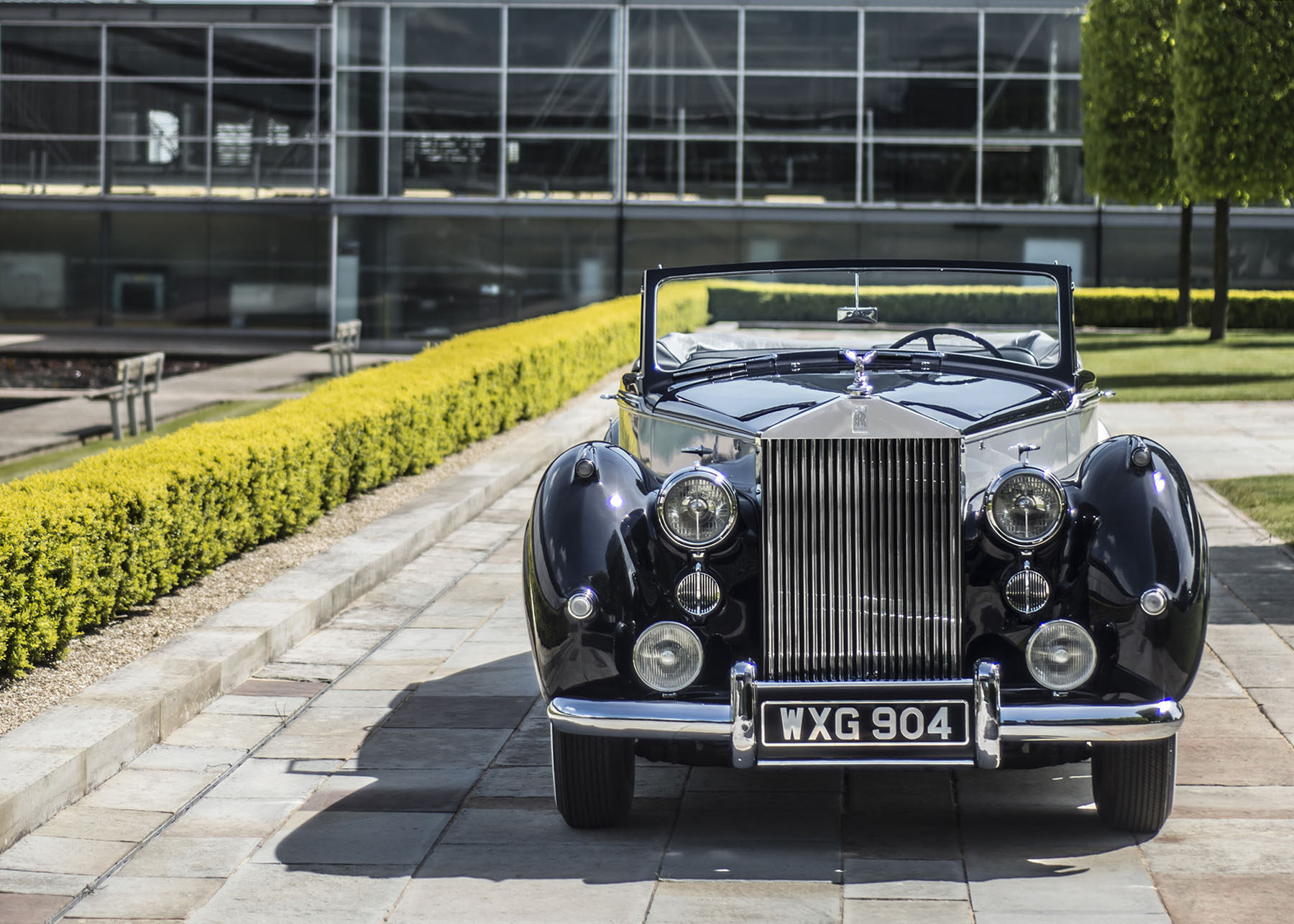
Rising Production Costs
Rolls-Royce, therefore, faced the problem of reducing production costs without compromising quality or performance. The solution was new models that could share common parts, a new engine offered in straight-four, six or eight-cylinder variants, and a single chassis configured in variable dimensions. The latter can be seen as a precursor of the proprietary aluminum spaceframe, known as the Architecture of Luxury, that underpins every motor car built at the Home of Rolls-Royce in Goodwood today.
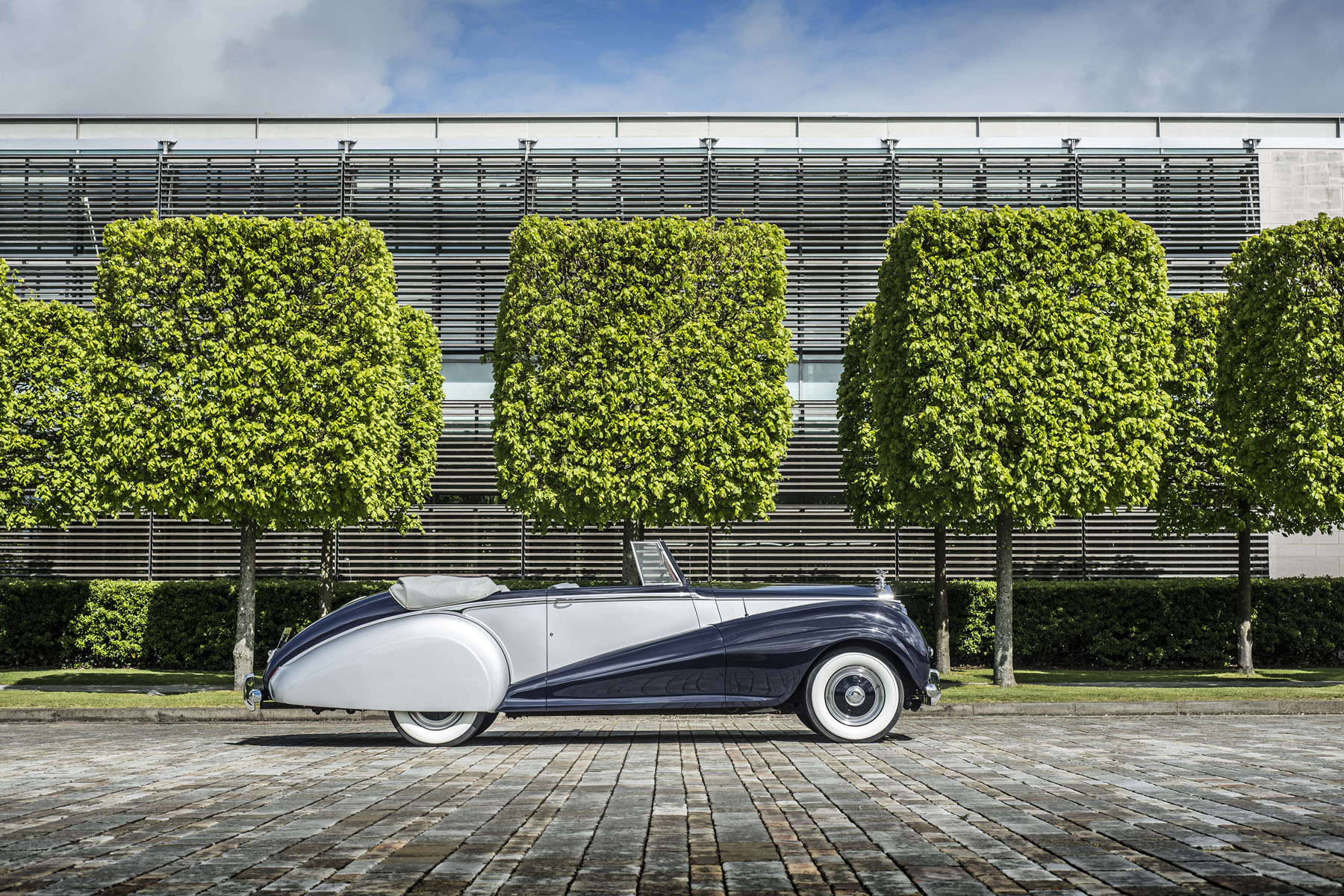
"Rationalized Range" and the Silver Wraith
These ideas came together in a development program for what would be known as the 'Rationalized Range.' In 1946, Rolls-Royce launched the first such model: the Silver Wraith. This was a direct replacement for Phantom III, introduced in 1936. Like its predecessor, and indeed all the pre-war models, Silver Wraith was a rolling chassis designed to be fitted with third-party, coach-built bodywork.
Rolls-Royce knew that to be commercially successful in these more challenging times, it needed a model that was less expensive and could be produced in greater numbers than was possible with traditional coachbuilding. So, for the first time in its history, Rolls-Royce decided to produce a complete motor car, with coachwork assembled in-house. In the same way that Silver Wraith replaced Phantom III, this new model would assume the mantle of the small-horsepower cars the marque had built in previous decades.
Silver Dawn
The second model in the 'Rationalized Range', the Silver Dawn, was launched in 1949, initially only as an export car mainly for the North American and Australian markets; it became available to UK clients in 1952. Of the 761 Silver Dawns produced, most were supplied with the 'Standard Steel' four-door saloon bodies produced in-house. But in deference to clients' requirements, Rolls-Royce also offered the Silver Dawn as a rolling chassis, with some 64 coach-built examples completed in a production run that lasted until 1955.
As further proof of the Rationalized Range approach, by 1952, clients could specify both the smaller, complete Silver Dawn and larger Silver Wraith rolling chassis with automatic gear selection. Indeed, Silver Dawn would be among the very last Rolls-Royce models to be offered with a manual transmission. It would be more than half a century before the advent of the satellite-aided, eight-speed ZF automatic transmission fitted to all of today's V12 Rolls-Royce motor cars - but the die had been cast.
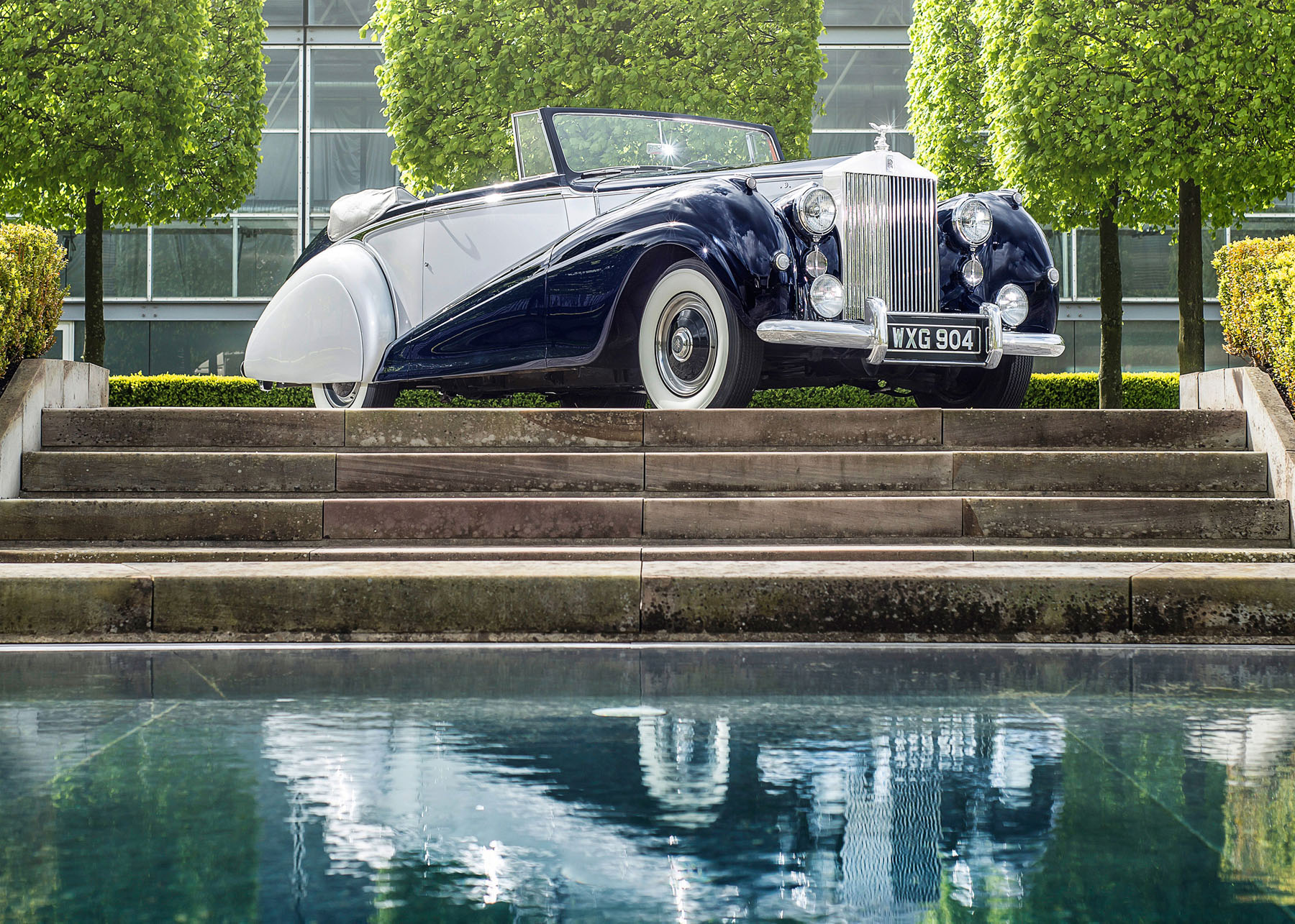
John Blatchley
Towards the end of its lifespan, Silver Dawn's rear section was reworked by the then newly hired John Blatchley, who had learned his craft with renowned London coachbuilder Gurney Nutting before joining Rolls-Royce. His deft eye for detail not only allowed for greater luggage capacity but also enhanced the motor car's looks considerably; perhaps not surprisingly, he would go on to become the marque's Chief Styling Engineer. In 2015, the nameplate was revived with Dawn, which was the best-selling drophead in Rolls-Royce's history by the time production ended in 2023.
The 'youngest' Silver Dawn is now almost 70 years old. Yet even now, it offers an exhilarating experience for the driver and a restful ride for passengers over long distances in modern traffic conditions. It was and is, in every sense, entirely a Rolls-Royce.
No politics, no religion, no instagrams, and commentary must be civil. The ToS and the CoC will be enforced, and anything that the administrator deems to be offensive will be deleted. YouTubes, videos and images that the administrator is unable to open must be described and explained or they will be deleted.

Tags
Who is online
42 visitors



Nice looking car to drive slowly down a downtown street and watch all the people turn their heads to look.
I've asked this question before but got no answer. Has anyone here besides me ever driven a Rolls Royce? More than half a century ago I drove one like the one in the group avatar that I had borrowed from a client (who also owned an airplane, but you can be sure I never borrowed that) in order to chauffeur around Toronto a couple on their wedding day. My client had to show me how to "double clutch" but I can't even remember what that means.
Actually a very simple procedure, apply the clutch ,take the vehicles transmission out of gear , release the clutch , then reapply the clutch and slip the transmission into the next desired gear up or down .
Used usually in manual transmissions that do not have synchronized gears or gear ratios.
you usually see it in those older big semi heavy haul trucks .
As for ever driven one of these higher cost vehicles ? nope. with the cost of them and the fact that they are not an everyday driver ,i dont think I would choose one with the way some people drive normally everyday now .
Except for that one day I never had to "double clutch" in my life. And other than my very first car, the 2 year old 1950 Ford Custom Coach that I shared with my brother when I was 16, all my cars had automatic transmission.
A modern Rolls Royce Wraith...
Wow. Suicide doors.
I could buy and beautifully furnish at least THREE 3-bedroom condos in the upscale area where I live in Chongqing for what that car cost.
My ex-wife had a cousin who owned a RR exactly like this one. We were both involved with the Variety Club, and although he was a lot older than me, he and I used to have breakfast together. He had toys in the trunk, and if there was a young kid in the restaurant he would go get a toy and give it to the kid.
Damn!!! I posted two articles and pushed this one off the Front (Home) Page.